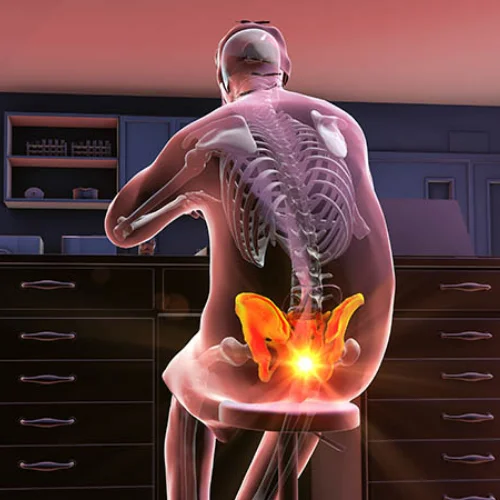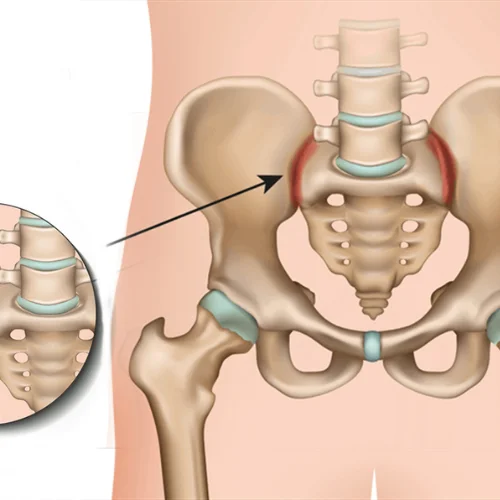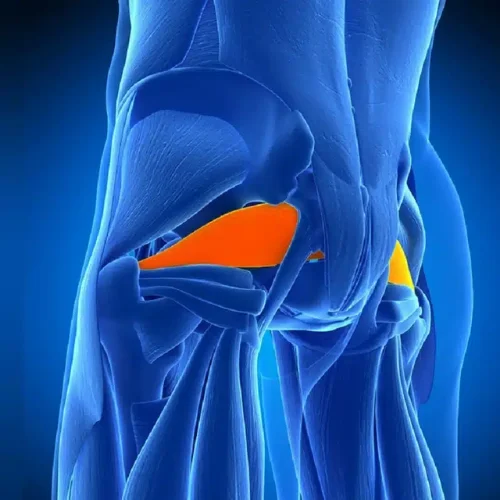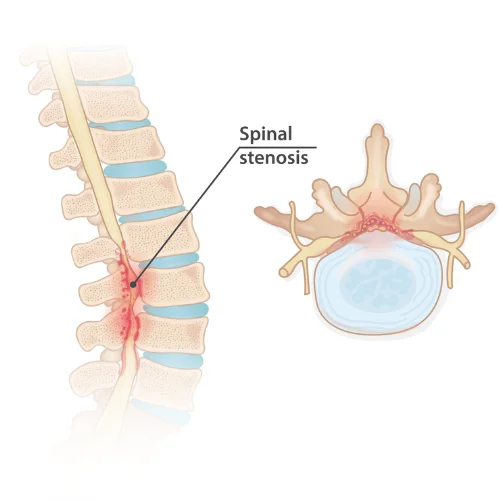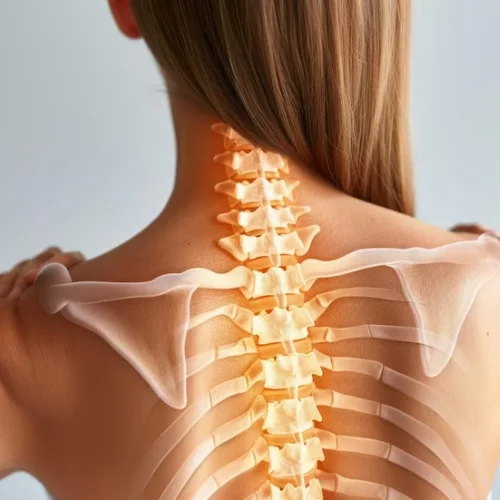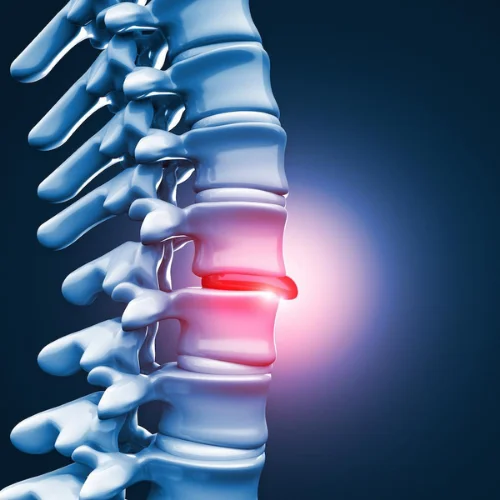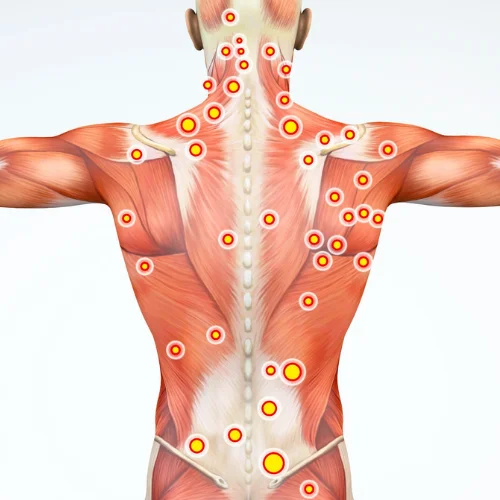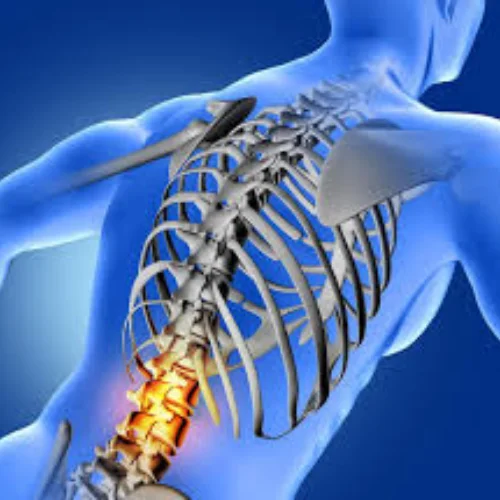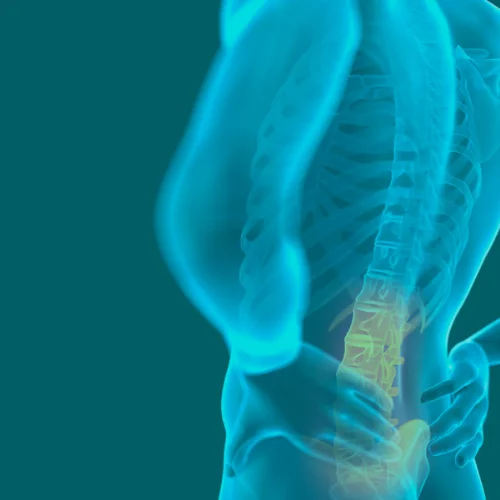Working Time
Book Appointment
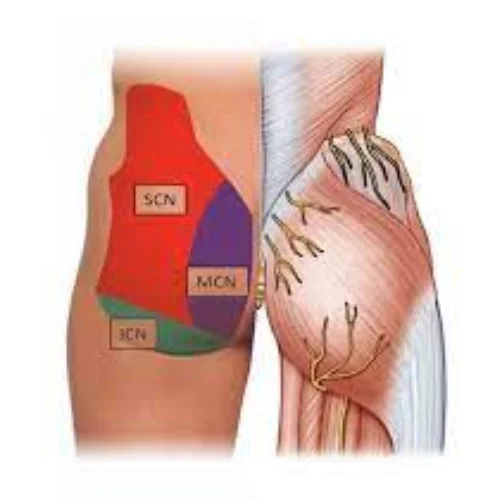
Cluneal nerve entrapment refers to the compression or impingement of the cluneal nerves, which are sensory nerves that branch from the posterior rami of the upper lumbar nerves. These nerves innervate the skin over the lower back, buttocks, and sacrum.
Symptoms of Cluneal Nerve Entrapment
Localised Pain: Patients may experience localised pain in the lower back, buttocks, or sacral region.
Radiating Pain: Pain may radiate along the course of the cluneal nerves
Tenderness: Tenderness or sensitivity to touch over the areas supplied by the cluneal nerves.
Numbness or Tingling: Some individuals may experience numbness or tingling in the affected areas.
Causes
Cluneal nerve entrapment can be caused by various factors, including:
Entrapment Points: Compression or entrapment points along the course of the nerves.
Trauma or Injury: Previous trauma or injury to the lower back or pelvic region.
Anatomical Variations: Variations in the course or branching pattern of the cluneal nerves.
Diagnosis and Treatment:
Diagnosis involves a thorough clinical evaluation, including a medical history, physical examination, and sometimes imaging studies.
Treatment may include conservative measures such as physical therapy, anti-inflammatory medications, and nerve blocks. The cluneal nerve can be identified with the help of Ultrasound and can be targeted for block or hydrodissection – which may free the nerve from any compression leading to effective pain management.
Conditions



